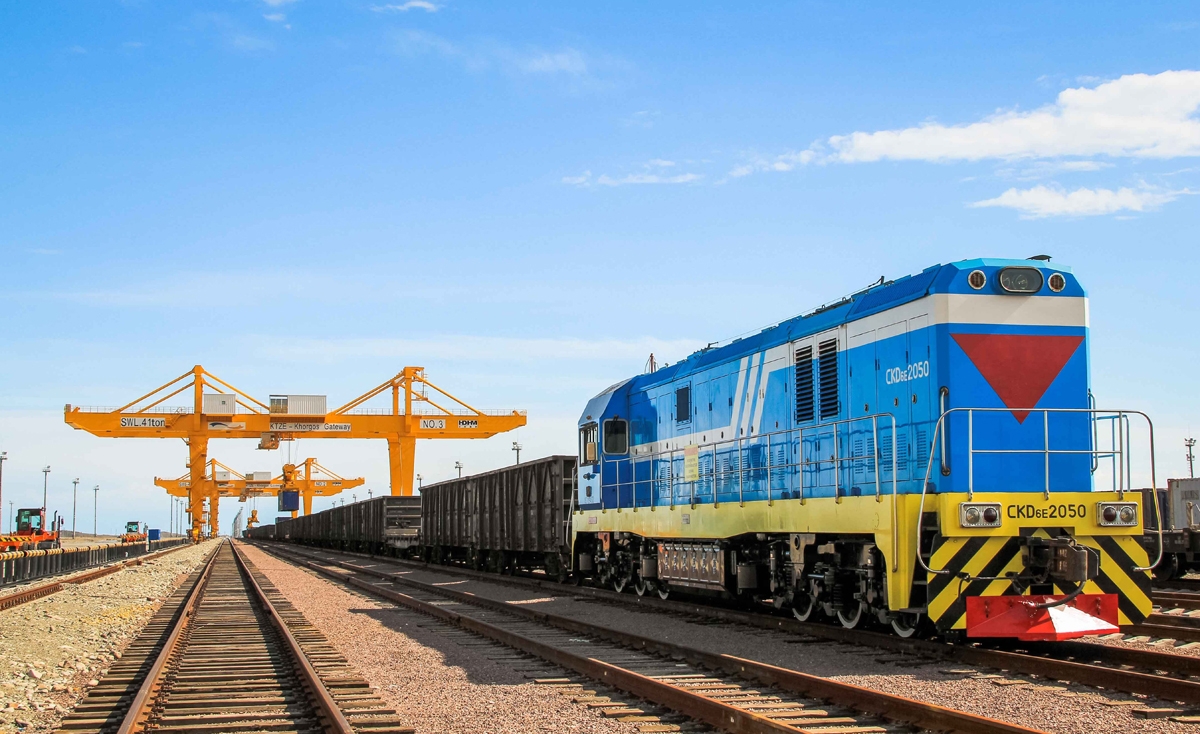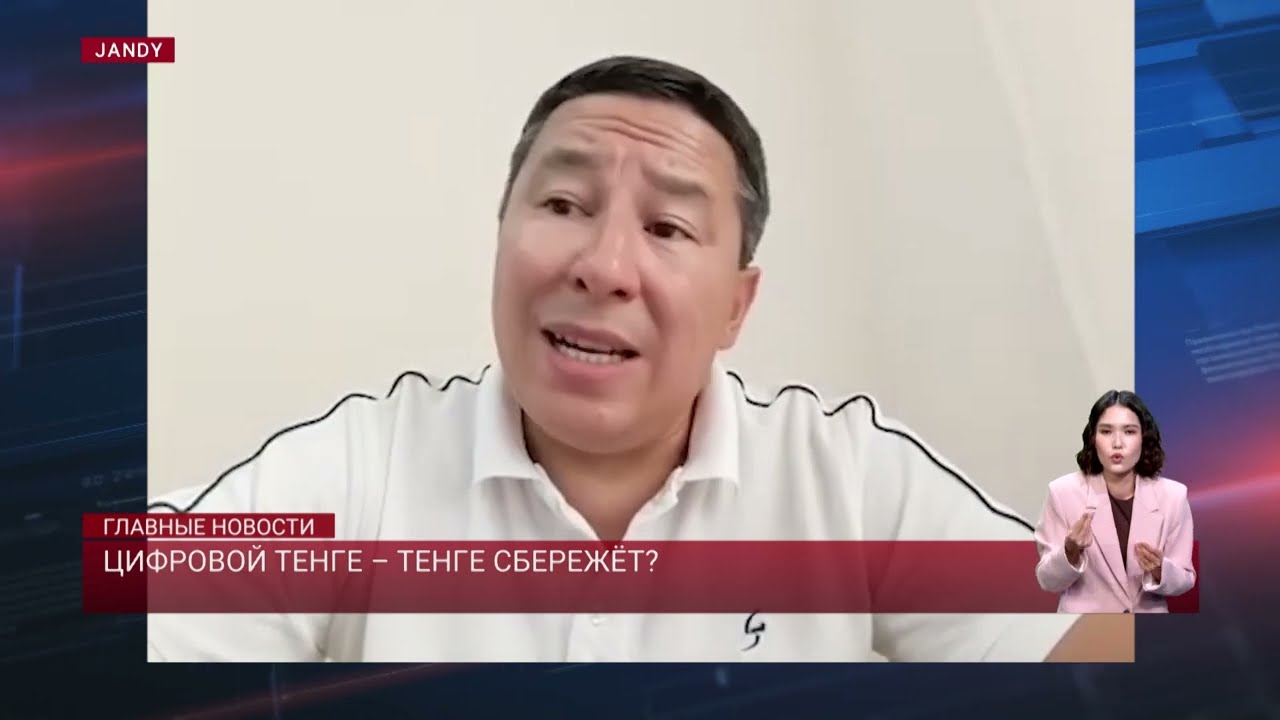There is another "Big Game" in Central Asia, but according to the new rules, the "Big Game" has once again unfolded in Central Asia, but under a different name and according to new rules. The conditions of the current superpower rivalry for regional influence are determined by economics, not politics, according to a report prepared by the Kazakhstan research Institute.
According to the report titled "The pursuit of multi-vector through business diplomacy: The Path for Central Asia," published by the Talap Center for Applied Research, the key difference between global rivalry in Central Asia in the 19th and 21st centuries is that regional states, rather than external forces, have a greater influence on possible outcomes these days.
"The region, which was previously the theater of the Big Game in the confrontation of superpowers, is now trying to become a space of non–conflict and opportunity," the report notes.
Russia's unprovoked attack on Ukraine in 2022 and the imposition of Western sanctions as punishment for Russian aggression have changed the geopolitical dynamics of Central Asia, reviving the interest of the United States and the European Union in this region. In addition, Russia's actions have contributed to the diversification of trade and investment by changing trade routes between China and Europe. The sanctions reduced the need for the Northern Corridor running along the Trans-Siberian Railway and gave impetus to the development of the Middle Corridor, which runs through Central Asia.
These changes have led to a shift in the geo-economic center of gravity in Central Asia. China has surpassed Russia as the region's largest trading partner, but there is also a general trend of diversification of trading partners. At the current dynamics, the share of Western countries in the volume of foreign trade in Central Asia will continue to grow.
"Starting in 2022, the dynamics of trade and investment in the region demonstrates a significant shift in the diversification of trade and investment with non–traditional markets in Europe, North America, South Asia and the Middle East," the Talap report notes. "This was made possible thanks to the region's traditional multi–vector policy, which, under the pressure of escalating conflicts, transformed into a policy of resolute non—alignment - a resolute rejection of any participation in the conflict."
According to the report, contacts between the European Union and the Central Asian states "acquired a special dynamism" after the outbreak of the Russian-Ukrainian war. It also says that public opinion in the region indicates that the majority of residents of the countries of the region do not want to be drawn into the confrontation between the West and Russia, which is supported by China.
Under the circumstances, the Central Asian states are forced to find a balance between "their genuine interest in developing their ties with the Western world" and the fact that they are "surrounded by Iran, Afghanistan, China and Russia, with which the West has strained and even conflicting relations," the report emphasizes.
In order to achieve maximum multi-vector economic development, the authorities of the Central Asian countries will have to carry out some work to increase the predictability of the business environment in the region. Vaguely worded laws on trade and property rights, as well as the unreliability of judicial systems, remain serious obstacles to the influx of Western investments into the countries of the region. The lack of contract enforcement and corporate dispute resolution mechanisms also hinders investment growth. In addition to strengthening the independence of the judiciary, the authors of the Talap report recommend reviewing the tax codes in force in these countries in order to create a more "fair" business environment.
"The investment climate in Central Asia reflects a difficult balance between the determination of governments not to miss the interest in the region that has arisen from all sides and the inertia of institutional barriers," the report says. "To take advantage of these opportunities, the countries of the region should eliminate existing institutional and regulatory barriers for domestic and foreign companies and investors, strengthen the rule of law, ensure fair and open competition, create a favorable tax climate for businesses and synchronize standards in the field of trade, customs and logistics."
Author: Eurasianet
Source: https://russian.eurasianet.org/%D0%B2-%D1%86%D0%B5%D0%BD%D1%82%D1%80%D0%B0%D0%BB%D1%8C%D0%BD%D0%BE%D0%B9-%D0%B0%D0%B7%D0%B8%D0%B8-%D0%BE%D1%87%D0%B5%D1%80%D0%B5%D0%B4%D0%BD%D0%B0%D1%8F-%C2%AB%D0%B1%D0



